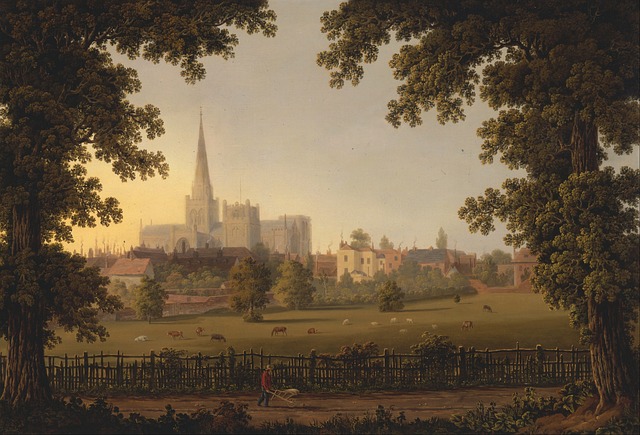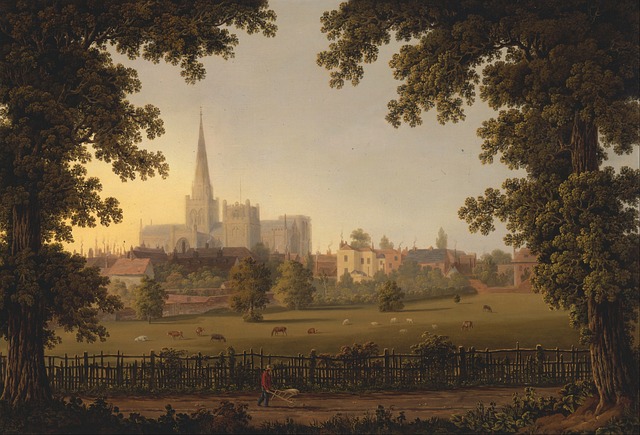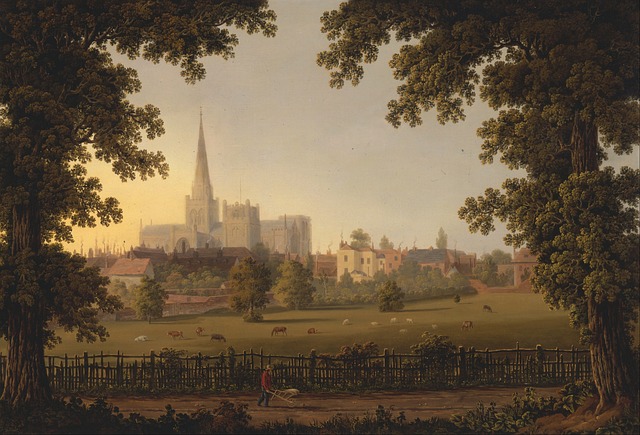Parks, trails, and agritourism are key to successful real estate, offering environmental benefits and boosting property appeal with buyers seeking nature access. Developers integrating these features attract a broader market, increasing values and fostering community engagement through sustainable living. Agritourism, merging agriculture and tourism, gains popularity, diversifying rural income streams and preserving landscapes. In the digital age, urban landscapes prioritize parks, trails, and agritourism, revolutionizing real estate dynamics with significant property value boosts for well-designed green spaces.
In today’s digital age, real estate developers are recognizing the profound impact of outdoor spaces on property value and buyer preferences. Parks, trails, and agritourism experiences are emerging as key components in modern real estate development, fostering a harmonious blend of nature and lifestyle. This article explores these trends, delving into strategies for integrating parks and trails, the rise of agritourism, and how these features enhance property appeal and marketability in competitive real estate markets.
Integrating Parks and Trails into Real Estate Development

Parks and trails play a vital role in enhancing real estate developments, offering both environmental benefits and economic advantages. Integrating these green spaces into urban planning can significantly boost a property’s appeal. Buyers increasingly seek out homes surrounded by nature, with easy access to parks and hiking trails, prioritizing a healthier lifestyle and reduced stress levels. Real estate developers who incorporate these features can attract a broader range of buyers, increasing property values and long-term sustainability.
This integration goes beyond aesthetics; it fosters community engagement and promotes sustainable living. Well-designed parks and trails encourage residents to connect with their surroundings, fostering a sense of belonging and encouraging outdoor activities. This approach not only enhances the overall quality of life for inhabitants but also contributes to the area’s economic growth through agritourism and educational experiences, making these developments desirable destinations for prospective residents.
Agritourism: A Growing Trend on Real Estate Market

Agritourism, a fusion of agriculture and tourism, is rapidly gaining traction in the real estate market. This emerging trend involves visitors engaging directly with farmers and rural communities, offering a unique opportunity to experience life on the land. From farm stays to guided tours through working farms, agritourism provides a refreshing escape from urban lifestyles.
The appeal lies not only in the chance to connect with nature but also in the economic boost it offers rural areas. By attracting visitors, agricultural businesses can diversify their income streams and preserve valuable landscapes. This growing interest in experiential travel has led to an increased demand for real estate properties that facilitate agritourism ventures, contributing to a dynamic interplay between tourism and land management in the real estate sector.
Enhancing Property Value through Outdoor Experiences

In today’s digital age, where urban landscapes dominate, the integration of parks, trails, and agritourism experiences is transforming real estate dynamics. These outdoor amenities are no longer merely nice-to-haves; they’ve become essential components that significantly enhance property value. The bustling metropolis gives way to a serene natural setting, offering residents and potential buyers alike a respite from the hustle and bustle. This shift towards prioritizing green spaces reflects a growing appreciation for the harmonious interplay between nature and modern living.
Real estate investors and developers are recognizing the profound impact of these outdoor experiences on property desirability. Well-designed parks and trails not only attract locals and tourists but also foster a strong sense of community. Agritourism, with its emphasis on connecting people to the land and local produce, adds an intriguing layer of uniqueness to the real estate landscape. As a result, properties situated near or within these attractions often command premium prices, showcasing the tangible benefits of enhancing outdoor experiences in the ever-evolving world of real estate.






